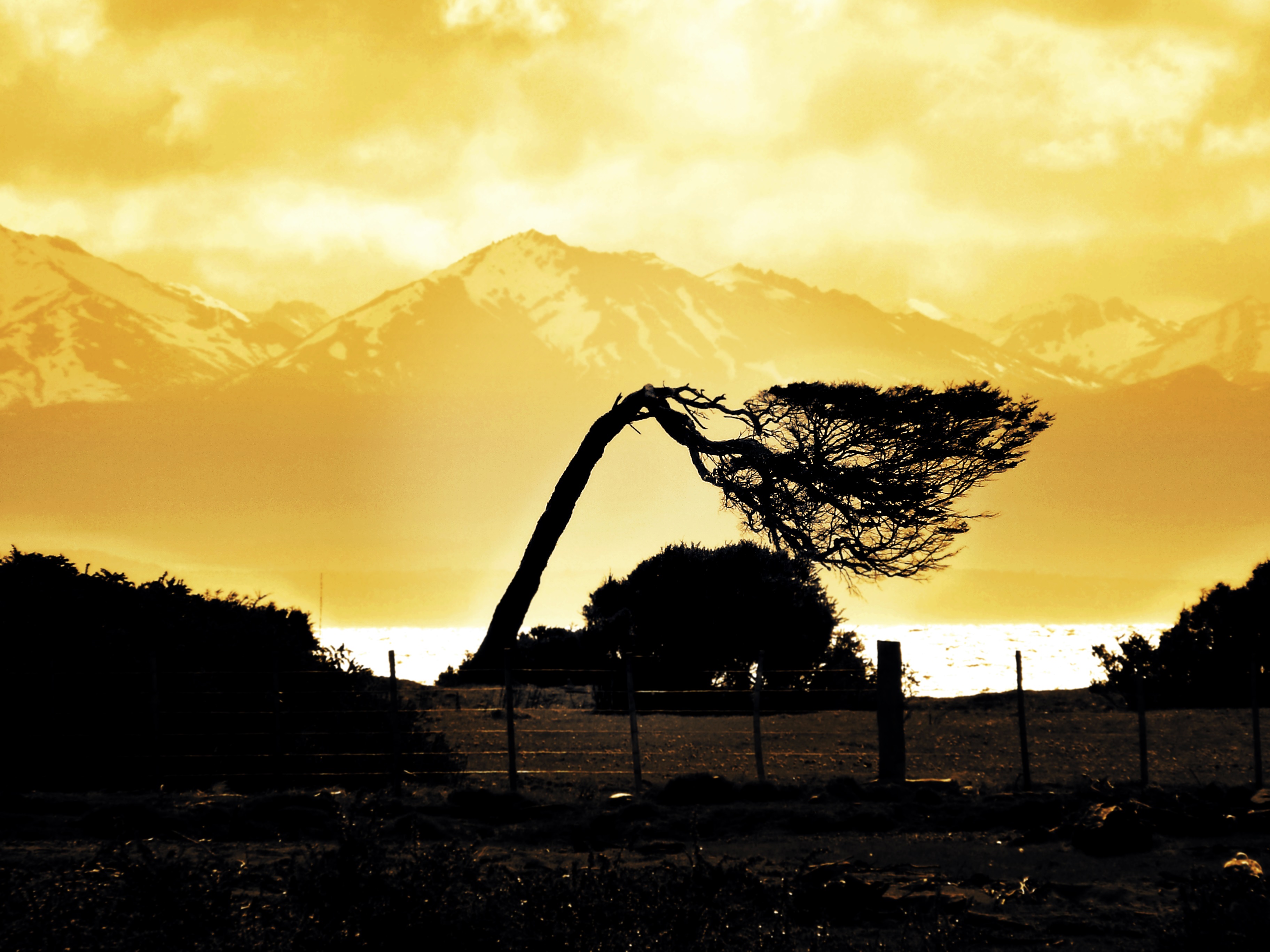
15 Oct A time of estuaries
Gone again, 6300 miles from the good old Eastern Shore. We touched down at the bottom of the Americas. In Chile, in fact, the bottom of Chile on Magellan’s strait. 496 years ago Fernando cruised through here. Seems like a very long time ago, however, not even a blink in geological time. We have advanced so far in the last 500 years, and even more so in the last 100. He sailed around the world in a ship no bigger than our modern sportfishers. Imagine 42 men setting out on a 60ft ship, planning to be the first to circumnavigate the earth. The courage these sailors had; it is not something we would think of doing today. 292 men on 5 ships made up the fleet in 1519. Of this, 18 men and only one ship made it home. I was lucky enough to tour a replica of this ship, the Victoria. Like the original Victoria this replica was handcrafted and is full-scale. Her keel cut from a local tree with the correct bend and the craftsmanship and carpentry work was amazing. Using old methods this ship was built by one man and completed in 2011. She sits proudly along the strait only feet from the frigid windswept waters where her original design once passed. A nautical museum that allows you to step back in time and see how life was years ago on a sailing ship. That life was harsh, a harsh that we most likely cannot comprehend.
Riding along the coast of the strait there are signs that say “Tsunami zone.” The local town, Punta Arenas is built directly on the shoreline. Many buildings only a stone’s throw from the water’s edge. Tsunami zone; scary thought. One earthquake can send a tidal wave large enough to wipe out a big part of this town. This is a huge event that changes the landscape in the blink of an eye. Strange how an event like this means so much on a short time scale but means nothing on a larger scale. Sure a town is half wiped out with buildings gone, but the water recedes and things go back to a “normal” state. A tsunami is a change in sea level, but very quickly and temporary. Sea level change is one of the reasons I have traveled to Chile.
Normally this is a place where I share fishing and hunting adventures. Well, I have the time to write and might as well talk about some of the reasons I travel to remote areas. I am lucky to be a part of a larger group that studies our climate, specifically; ice thickness in polar regions. Here is the time that people will say “why do we need to waste money on studying ice” or “O gosh you are one of those global warming guys” etc etc. Well, number one it’s a job, gotta have a job these days while waiting to land my first million dollar fishing show. On a larger scale, the data we collect is very meaningful. It not only establishes a baseline and gives a picture of the current state of our Earth but also by repeating these studies allows us to monitor any changes that may be occurring. Why do we care about ice change? Well, sea level change is a big topic these days. Governments want to know what to expect with a possible change. Insurance companies want to know if it’s safe to insure that house next to the beach. Zoning and planning want to know where 100 year floodplains will be. Many people need this type of information to make decisions for the future. It is also pretty neat to be a part of something bigger and meaningful to science.
We are living in a time of estuaries. Our last Ice age ended about 12,000 years ago and during that time the glaciers had advanced to their southernmost point. You can go to Hickory run state park in Pennsylvania and actually see “Boulder field.” This large collection of rocks amassed around 20,000 years ago from the ice pushing boulders along. As the glacier slowly advanced it would pick up rocks and push them along. This is the spot where the glacier stopped moving and left its pile of rocks. The glacier terminus would freeze each winter (think a thousands years worth or more) busting off rocks from the sides of the mountain and then thaw in the summer and the rocks would be pushed down into this area. It’s fun to go jumping from boulder to boulder, 16 acres worth of boulders.
So because the climate was colder and there was more ice trapped on land, the oceans were much shallower. Remember those canyons offshore where we love to fish, well 20,000 years ago that’s where our shoreline was. The oceans at the time were 130m (420ft) shallower than they are now! So, where we are trolling the bigeye hole now was only a half mile from shore back then, and the “canyon” was just a big river! About 12,000 years ago things started to change, our climate began warming and the ice melting. This change was happening all over the planet. The Chesapeake bay was just a trickle of a river, the Susquehanna. The surrounding areas known as a coastal plain began to slowly flood. At one point the lumpy bottom, the parking lot, the hot dog and hambone (hot fishing spots now) once looked like Assateague. Between 12,000 and 8,000 years ago the oceans rose almost 400 feet, that is an astounding amount in a geological blink of an eye.
So, fast forward to today and we are catching tuna now where there was once a forest and sand dunes. The sea level is still rising and it does not take a scientist to see it. Take our home the Eastern Shore as an example, the shore is shrinking from both sides. Watts island, the rockpile where the lighthouse once stood (on land) is now a half mile from the shore. I predict that in our life we will see this beautiful island disappear underneath the lapping waves of the Chesapeake. Both Tangier and Smith island where the local dialect is as closer to old Elizabethan English than anywhere else are both eroding away. Both islands are desperately trying to get funding to build seawalls to save their communities and their way of life. Delaware has recently changed their floodplain maps and do not allow new construction in a much larger flood prone area (making many communities and residents angry). Anyone who has spent time casting along the banks of Delmarva can see points of land that once jutted out into the water have receded. Hell, long point off little old Greenbackville Virginia is not very long anymore.
Recent studies show that the Chesapeake region is undergoing sea level rise faster than any place on the east coast. Currently at a rate of around 4mm per year, and some scientists have predicted a 2ft rise by 2050 (I’d like to think I will still be around then) but with a 2ft rise Smith and Tangier will be gone. Saxis, Deals island, Ocean city, Chincoteague, they will be all gone with a 2ft rise. At least there is more room for the fish. Scientists are able to make these predictions partially from the data we collect. It was said that Antarctic ice has been stable recently, well new studies are showing the opposite. We plan on flying over the west Antarctic ice sheet this month, this is a fragile ice sheet that has been in the news lately. Data is showing that it is changing rapidly. If this section of Antarctic ice drops in the ocean we are talking sea level rises on the order of 10 feet. This is significant change and affects us all.
We should feel extremely lucky to live in a time when we can treasure an estuary such as the Chesapeake. The sound of a thousand geese descending on a crisp November evening or the splash of a lure cast to that point where you know a rockfish is waiting in the current. We get to experience things that others do not even know they are missing. If you ever get the chance to sit and read James Michener’s “Chesapeake” you should, all 865 pages of it. Sixty percent of the world’s population lives along the coast or an estuary. Any change to that coastline is important to these people. The Chesapeake, a wintering ground for many waterfowl and a spawning ground for infinite fish is under attack from many sides. Population growth, runoff, low oxygen levels, and many more problems face the bay today. The bay has only recently changed from its once wild form of a few hundred years ago. At the rate things are changing we may be one of the last generations to experience the true glory the bay has to offer. Some things are already gone, for instance the large grey trout populations. Stories of filling 3 coolers a night with 8 lbs trout are long gone. The water clarity once beautiful, is now many times turbid. The SAV grass beds have declined to less than 80% of their natural cover. Oyster beds that once stuck out of the water, nearly 12 feet tall off the bottom are being scraped bare. Even the oyster beds set aside by the state do not escape scraping from poachers. (Some oyster scraping can be beneficial to a reef but that is another topic for another day.) Also, companies like Omega scooping up every bunker they can find with their spotter planes and net boats, they are the last company in the nation still allowed to take millions of these filter feeders.
So here I am, the Coastal Killer preaching the save the bay speech. Of course I care about the bay, the oceans, and the earth. We all should. I love to go kill a few rockfish along the bank or shoot a couple surf scoters but I try to do this in a sustainable manner. There is not much more I like better than the breast out of the Black duck I just shot, but we also have to protect the game we chase. Many groups are dedicated to doing just that and I am a member with a number of them. Sustainability and moderation (the latter of which my wife says I need to learn more based on the number of fishing trip I take). These are topics we need to keep in the back of our mind as we head outdoors. There is no unlimited supply.




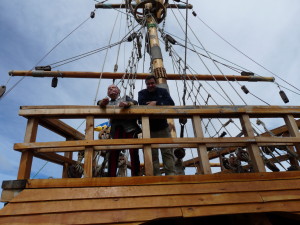
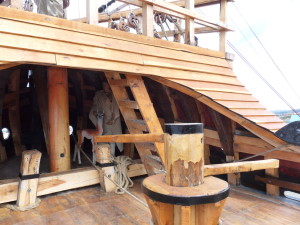
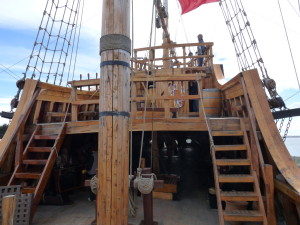
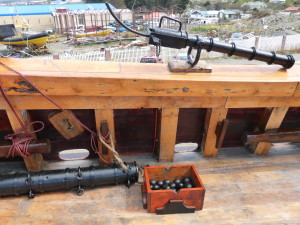
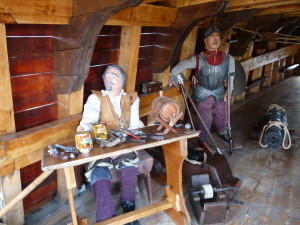
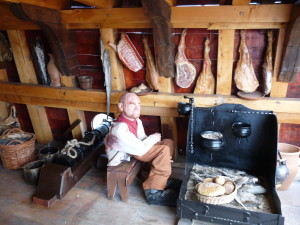
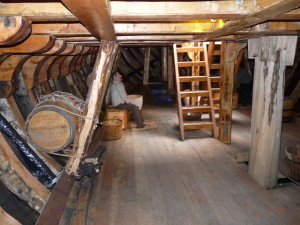
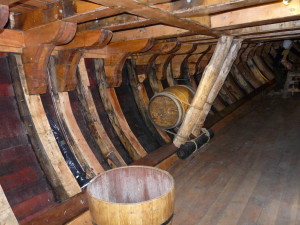
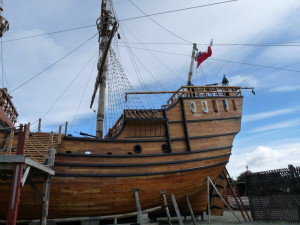
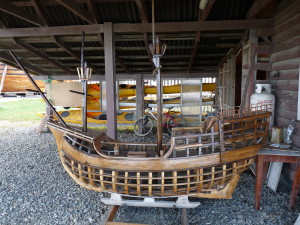
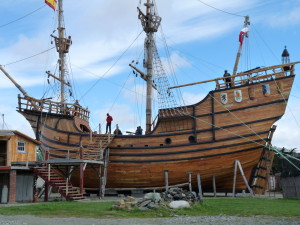
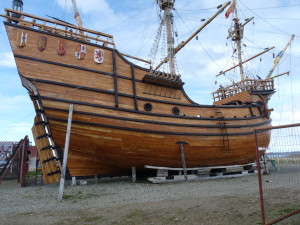
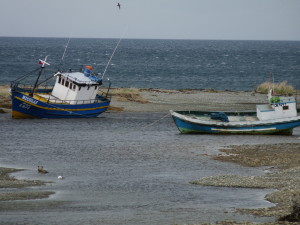
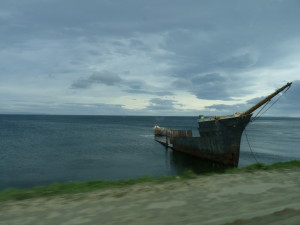
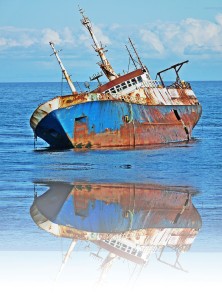
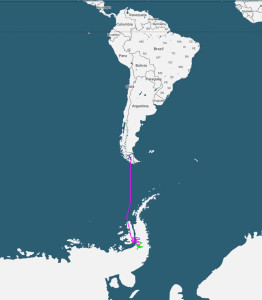
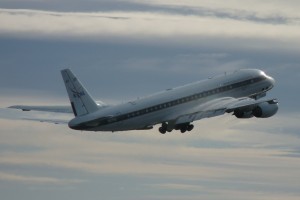
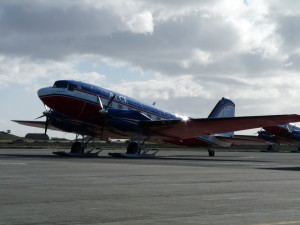
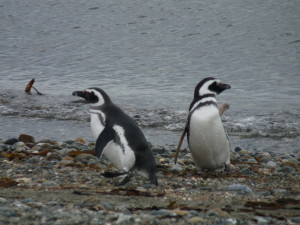
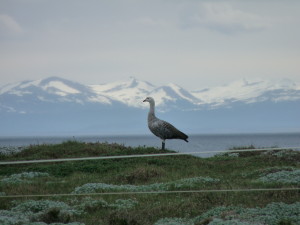
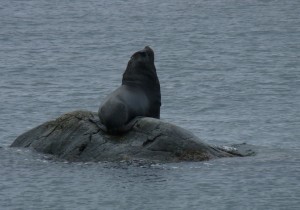
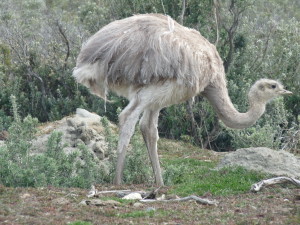
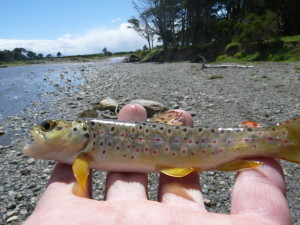
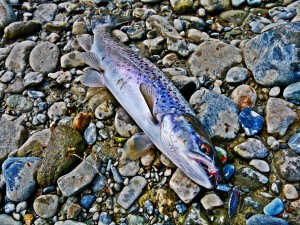
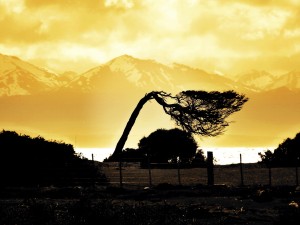
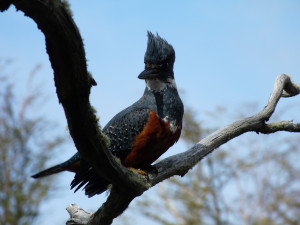
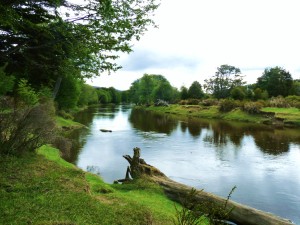
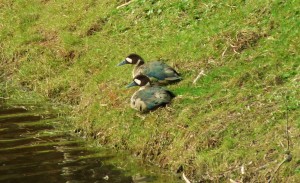
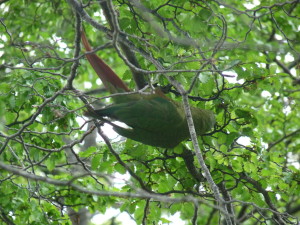
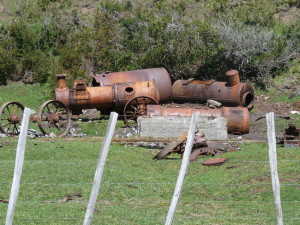
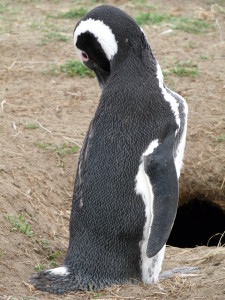
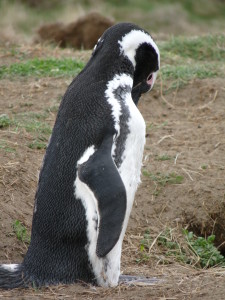
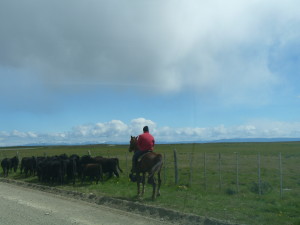
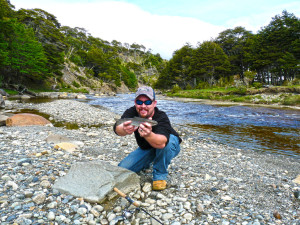
Charlie Paparella
Posted at 13:19h, 18 OctoberKyle,
I never doubted that you could write as well as you do other things you do, which would be quite an accomplishment.
It’s a welcome respite from the trials and tribulations of Trump and life in general.
You might be surprised that the million dollar fishing show will be preceded by a million dollar publishing contract.
It worked for Marco Polo and Mark Twain!
Be safe, keep up the good work.
Sean Benson
Posted at 10:05h, 22 FebruaryThat’s some awesome reading stuff Kyle. In the true Eastern Shore way, sitting here drinking coffee this morning. Wishing it was a fishing day but no it’s a another 4 letter word we hate to say out loud. Like the man said, you should possibly consider a book. Looks like C.L. Could use some competition. Lol